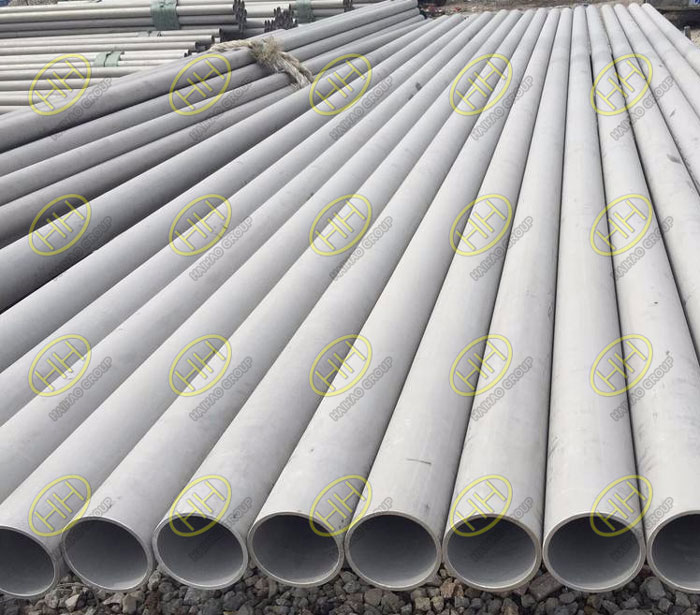What problems will be encountered when welding 316L stainless steel plate?
316L stainless steel plate belongs to austenitic stainless steel, this kind of steel has excellent plasticity, patience, corrosion resistance. Due to the addition of Mo element (2% ~ 3%), 316L stainless steel plate not only has excellent pitting resistance, creep resistance, high temperature resistance, but also good work hardening function, so in the pipeline, heat exchanger, food equipment, chemical equipment and wall clock equipment and other fields are widely used.
316L stainless steel plate is prone to the following problems during welding:
(1) thermal crack: because 316L stainless steel contains more metal elements such as Cr and Ni, it is easy to form low-melting point compound or eutectic boron and silicon segregation with impurities such as S and P, which will promote the occurrence of thermal crack; Weld is easy to form thick columnar crystal structure with strong directivity, which is conducive to the segregation of harmful impurities and elements, and then promotes the formation of continuous intercrystalline liquid film, which improves the sensitivity of thermal crack. If the welding heating is not uniform, it is easy to form a large tensile stress and promote the occurrence of welding heat crack.
(2) intergranular corrosion: according to the chrome-poor theory, when the welding seam and the heat-affected zone are heated to the sensitization temperature range of 450 ~ 850℃, sensitization will occur. The carbon in the supresaturated solid solution will form a chromium carbide (CrFe) 23C6 from the chromium structure near the grain boundary, which will be deposited and separated at the grain boundary. The loosening rate of chromium atoms is not as fast as that of carbon, and there is no time to replenish them from within the grain to near the grain boundary. Therefore, the grain boundary presents a chrome-poor area and loses its anti-corrosion function. Intercrystalline corrosion will occur when working in corrosive media for a period of time.
In order to control the above problems in welding of 316L stainless steel plate, besides selecting suitable welding materials, selecting reasonable welding technology is the key. The welding method of energy convergence should be selected when welding, choosing a smaller current, a faster welding speed, reducing the heat input, accelerating the weld cooling speed, and shortening the cooling time when passing through the dangerous temperature zone.

